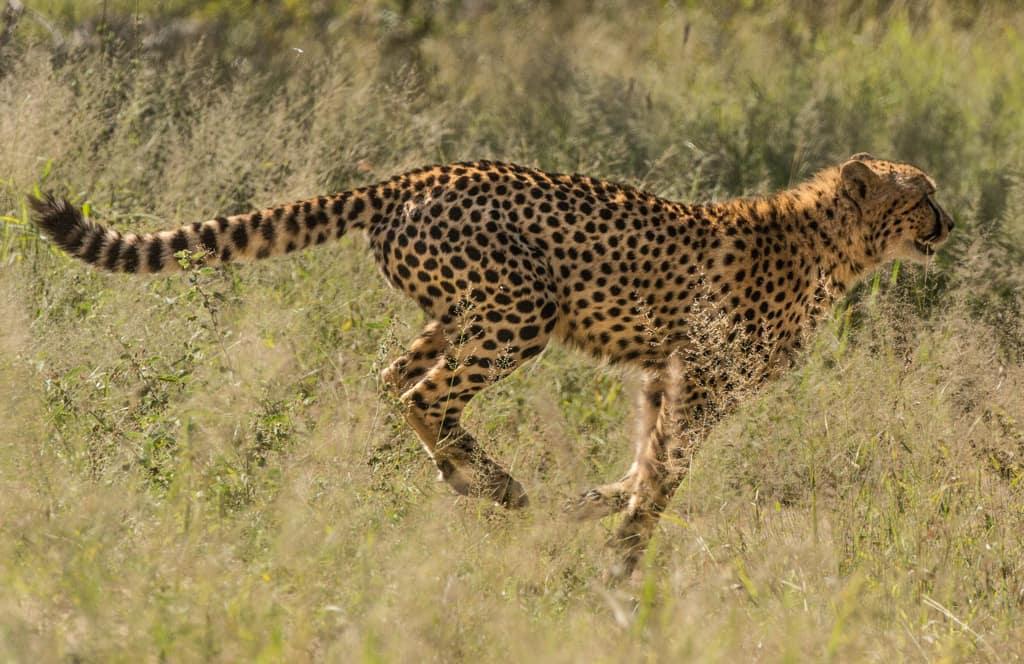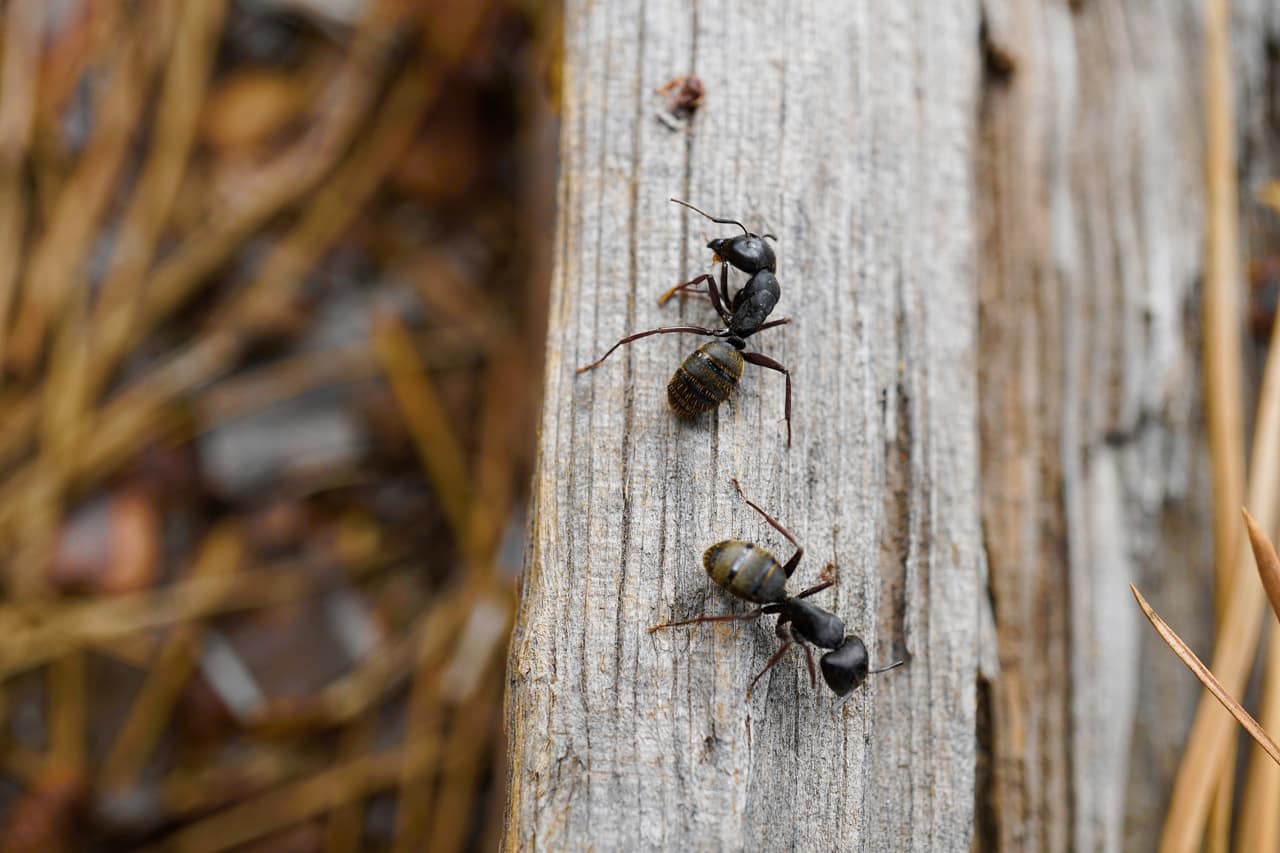Rabbits, charming small mammals known for their distinctive long ears and gentle nature, inhabit a variety of environments worldwide. With their rapid reproduction and herbivorous diet, rabbits play a vital role in ecosystems. Their iconic thumping behavior and agile movements are well-suited for survival. Whether as beloved pets or symbols of fertility in folklore, rabbits hold a special place in our hearts and culture.
- Rabbits are incredibly agile and can reach speeds of up to 35 miles per hour (56 kilometers per hour) when they need to escape predators. Their powerful hind legs allow them to make sharp turns and sudden leaps to evade danger.
- Rabbits have a variety of ways to communicate with each other. They thump their hind legs on the ground to signal danger, use different types of vocalizations to convey emotions, and even communicate through body language and scent marking.
- Rabbits are known for their continuously growing teeth. Their teeth can grow around 5 inches (12.7 centimeters) per year! To prevent overgrowth, they need to constantly chew on fibrous foods, such as hay.
- While often seen as solitary animals, rabbits are actually quite social and can form strong bonds with other rabbits. They enjoy companionship and can become lonely or stressed if kept alone for extended periods.
- Many rabbit species are skilled burrowers. They create complex underground tunnels and chambers for shelter, protection, and raising their young. These burrows can also help regulate their body temperature.
- Rabbits are known for their remarkable reproductive capabilities. A single pair of rabbits can produce several litters in a year, with each litter consisting of several babies (known as kits). This high reproduction rate is why rabbits are considered symbols of fertility.
- While rabbits are often associated with daytime activity, many rabbit species are crepuscular, meaning they are most active during dawn and dusk. This behavior helps them avoid both diurnal and nocturnal predators.
- Rabbits are herbivores with a diet primarily consisting of grasses, leaves, and other plant materials. Their digestive system is adapted to extract nutrients from fibrous plant matter, and they practice coprophagy, where they consume their own feces to extract additional nutrients.
- There are numerous rabbit breeds, each with unique characteristics in terms of size, color, coat type, and personality. Some breeds are popular as pets, while others are raised for their meat, fur, or as show animals.
- In various cultures and folklore, rabbits hold symbolic meanings such as fertility, luck, and rebirth. They often appear in myths, stories, and art as creatures that embody these positive qualities.
- Rabbits have large, sensitive ears that serve multiple functions. They can rotate their ears 180 degrees, enabling them to hear sounds from all directions and detect even the slightest movements. This acute hearing helps them stay aware of potential predators.
- Rabbits come in a wide range of colors and coat patterns, from solid colors to intricate patterns like spots and stripes. This diversity in appearance is a result of selective breeding and adaptation to different environments.
- The lifespan of a rabbit can vary depending on factors such as breed, diet, and living conditions. On average, domesticated rabbits live around 7 to 12 years, while wild rabbits typically have shorter lifespans due to predation and environmental factors.
- Rabbits have a unique digestive system that requires them to constantly graze and chew on fibrous foods. They have a specialized process of fermentation in their large cecum, which helps break down tough plant material.
- While rabbits have large eyes that provide them with a wide field of vision, they have a blind spot in front of their noses and right behind their heads. This adaptation helps them detect predators while still being able to graze and move around.
- The domestication of rabbits began in Europe around the Middle Ages. Initially, rabbits were bred for their meat and fur, but over time, they also became popular as companions and show animals due to their charming personalities.
- Wild rabbits often live in complex underground structures called warrens. These warrens can consist of multiple interconnected burrows, providing protection and shelter for the rabbit community.
- Rabbit species exhibit a wide range of sizes. The smallest rabbit species, like the pygmy rabbit, can be as small as 9 inches (23 centimeters) in length, while larger species like the European hare can reach lengths of up to 2 feet (61 centimeters) or more.
- Myxomatosis is a viral disease that affects rabbits and causes severe swelling and discharge from the eyes and other facial areas. It was deliberately introduced in some regions as a means of controlling wild rabbit populations, with varying degrees of success.
- Rabbits have left their mark on various cultures around the world. In Chinese astrology, the Rabbit is one of the zodiac animals, representing tenderness and good fortune. Additionally, the character of the “Easter Bunny” has become an iconic figure associated with Easter celebrations.






